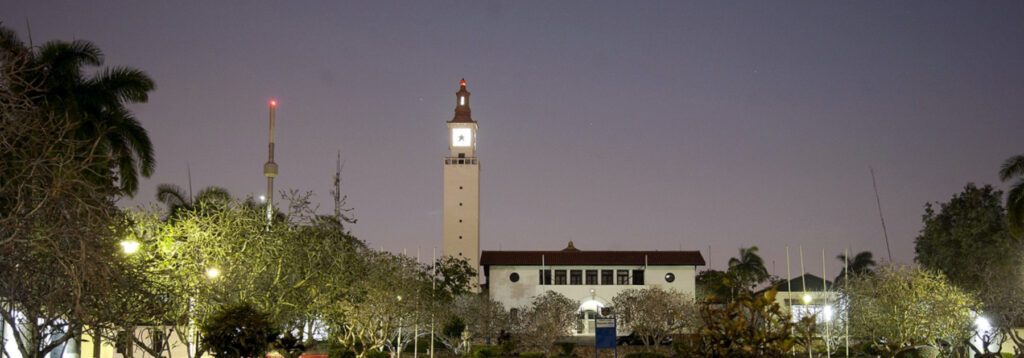Devastating Flooding in Brazil Claims Dozens of Lives

Devastating Flooding in Brazil: Heavy rains in the Brazilian state of Rio Grande do Sul have left 143 people dead and about 125 missing.
As unrelenting downpours continued to submerge the area, the local government authority responsible for civil defense released the somber numbers.
To resolve the disaster, which has forced nearly 538,000 people in the state to flee, the administration quickly organized emergency spending, totaling almost 12.1 billion realis ($2.34 billion).
The government is working nonstop to provide aid to impacted areas, having already allotted over $60 billion in federal cash.

The flooding has not only claimed lives but also wreaked havoc on the environment. Hydroelectric dams collapsed, triggering massive waves and compounding the devastation in already inundated areas.
More than 500,000 people are without power and clean water, exacerbating the humanitarian crisis.
Presidential Commitment
The President of Brazil, Luiz Inacio Lula da Silva, showed empathy for the impacted communities and promised to reconstruct what was destroyed.
He promised the people that the government would always be there for them, even in the face of such immense destruction.

Even with early attempts at rescue, the persistent rains still present serious difficulties. Forecasters issued a warning about more rain, which would increase the likelihood of flooding and complicate relief efforts throughout the area.
U.S. President Joe Biden has shown support for Brazil throughout this situation and extended an offer of aid. The international community mobilizes resources and assistance to lessen the effects of the disaster in solidarity with the impacted areas.
Meteorological Insights
More rain is expected when a cold front passes across the area, increasing the likelihood of more flooding and worsening the ongoing humanitarian catastrophe, according to meteorologists.

El Niño and other climatic occurrences are blamed for the increasing frequency and intensity of rainfall, underscoring the interdependence of environmental elements
The tropical eastern Pacific region has sea surface temperatures that are higher than usual during the El Niño climatic phenomenon, which is a component of the El Niño Southern Oscillation (ENSO).
This warming of ocean waters disrupts typical weather patterns, leading to increased rainfall in some regions and droughts in others.

El Niño occurrences have the potential to significantly affect the world’s weather systems, frequently leading to extreme weather phenomena including storms, floods, and droughts.
Prompt action must be taken to meet humanitarian needs and lessen the long-term effects of climate-related disasters.


 English
English 





















































































































































































